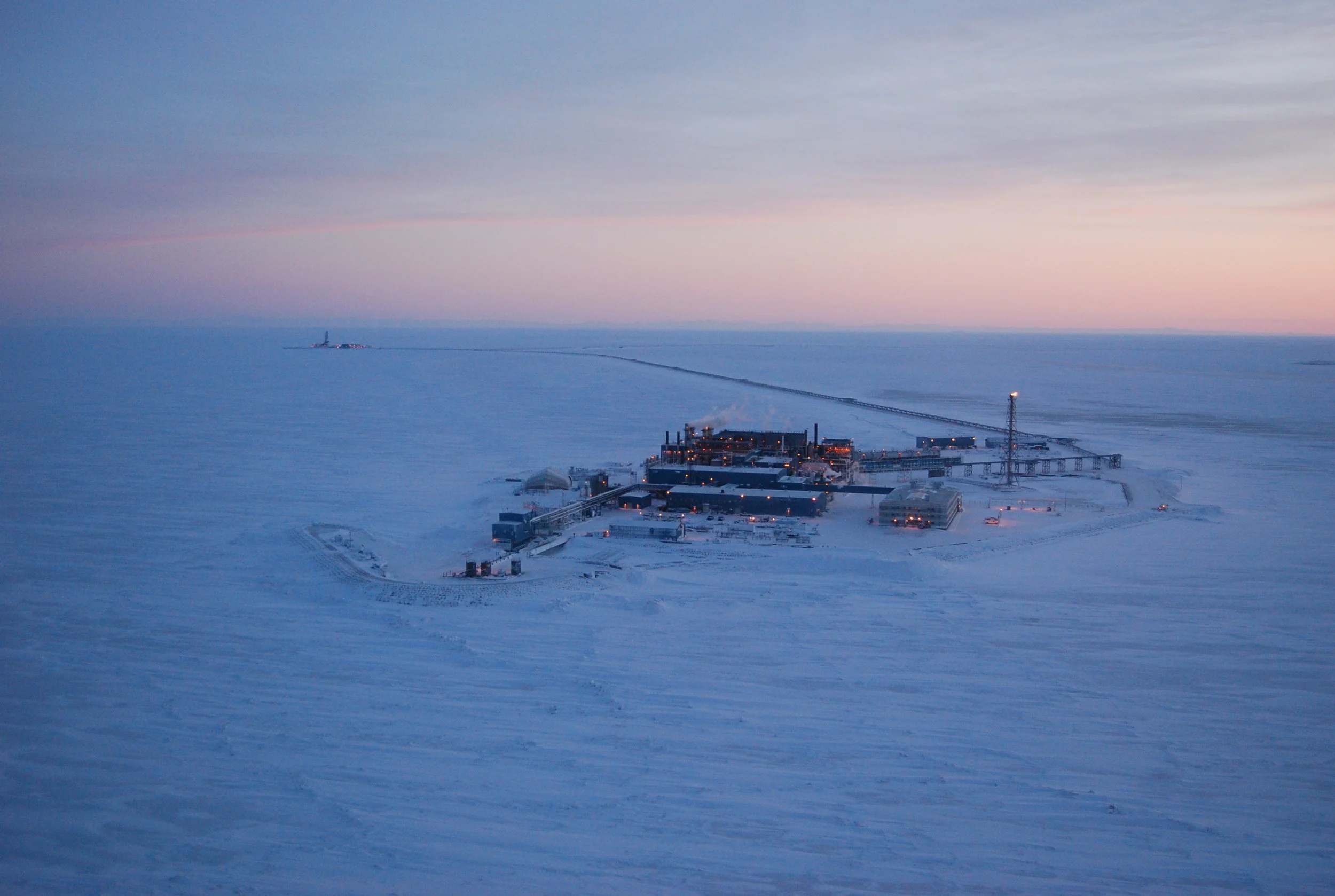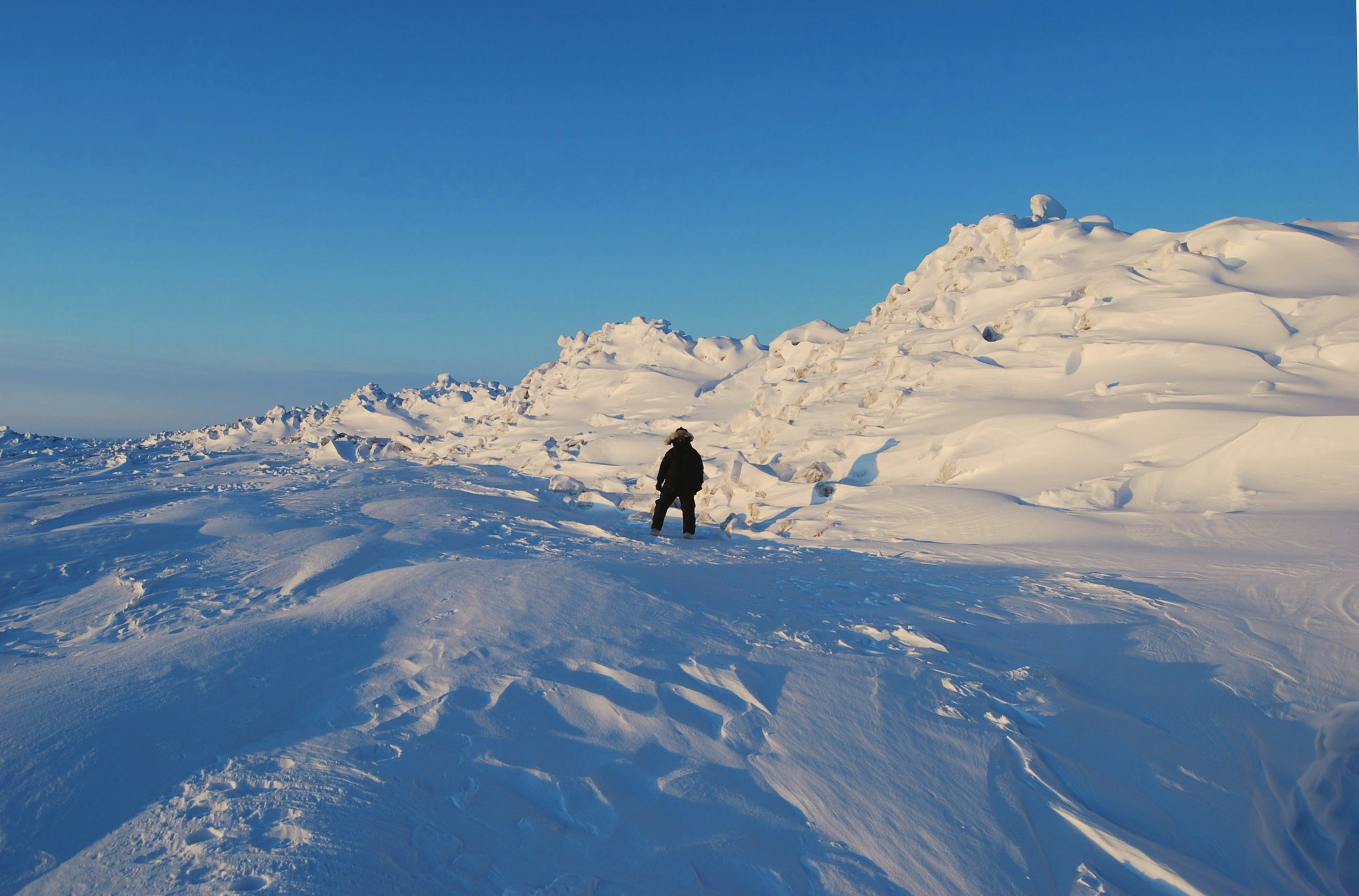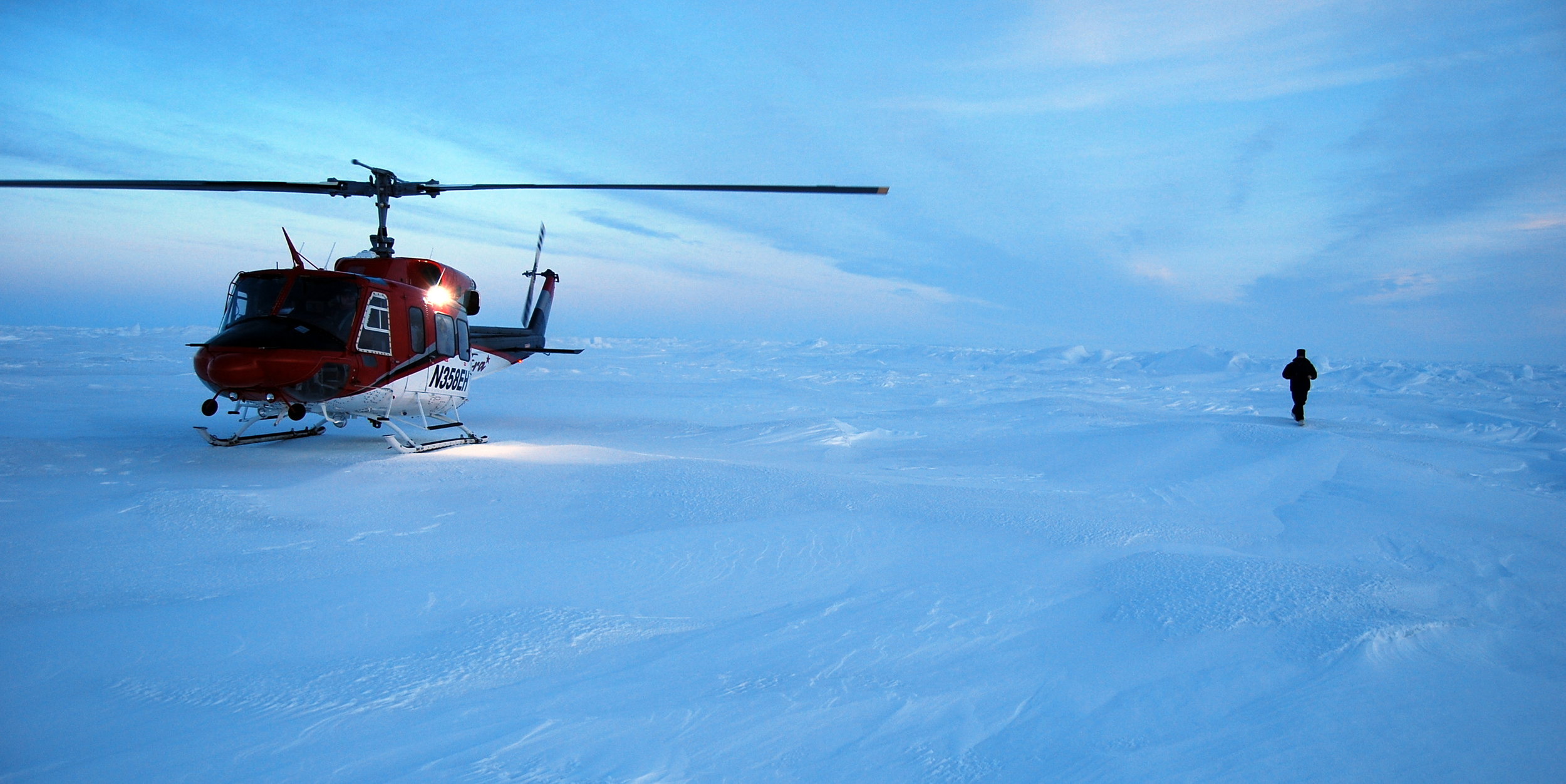FREEZE-UP PROCESSES
Clients: Joint Industry Study
Understanding the freeze-up season is essential for the safe and cost-effective development of offshore oil and gas prospects in Arctic seas. Freeze-up processes that exert significant impacts on the design, construction, and operation of coastal and offshore structures include the following:
The progressive growth and thickening of the first-year ice
The development and extent of the landfast ice zone
The location and characteristics of the shear zone that separates the landfast ice from the perennial pack ice
Nearshore invasions of multi-year ice features (floes and ridges)
Rapid ice movements in response to storms
Starting in 2009, Coastal Frontiers personnel in association with Dr. Kennon Vaudrey have studied freeze-up processes in the Alaskan Beaufort and Chukchi Seas using a combination of remote sensing and on-site observations. Key aspects of these Joint-Industry investigations are summarized below:
KEY ASPECTS
Acquisition and analysis of publicly-available meteorological data, ice charts and satellite imagery
Acquisition and analysis of proprietary RADARSAT II images
Fixed-wing and helicopter-based reconnaissance missions to investigate large-scale features noted on satellite imagery and small-scale features beneath the resolution of the satellite imagery
Analysis of the nature and timing of freeze-up processes, including an assessment of inter-annual variations as well as long-term trends indicative of a changing Arctic climate



